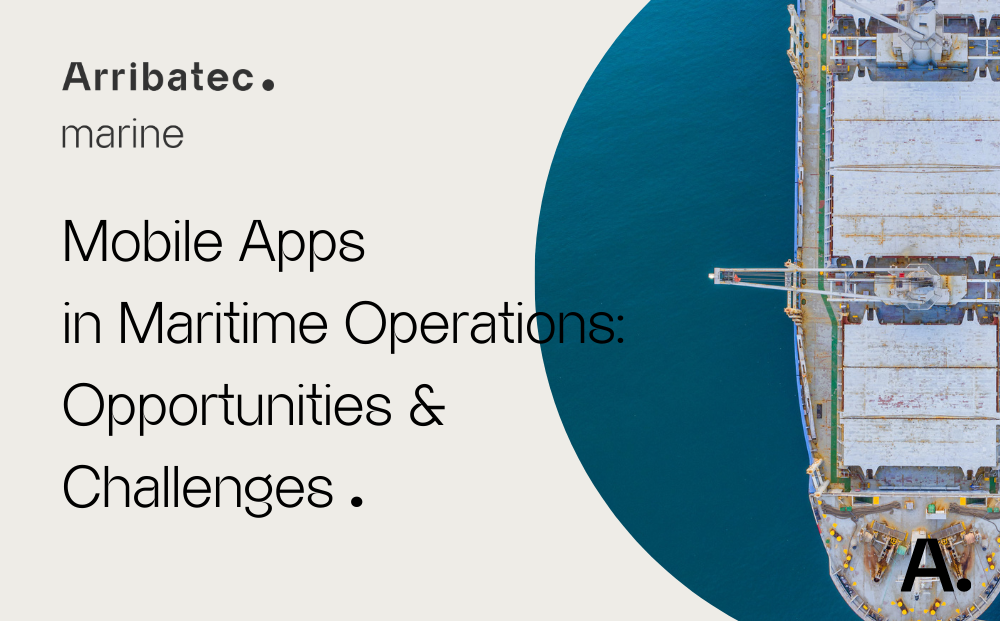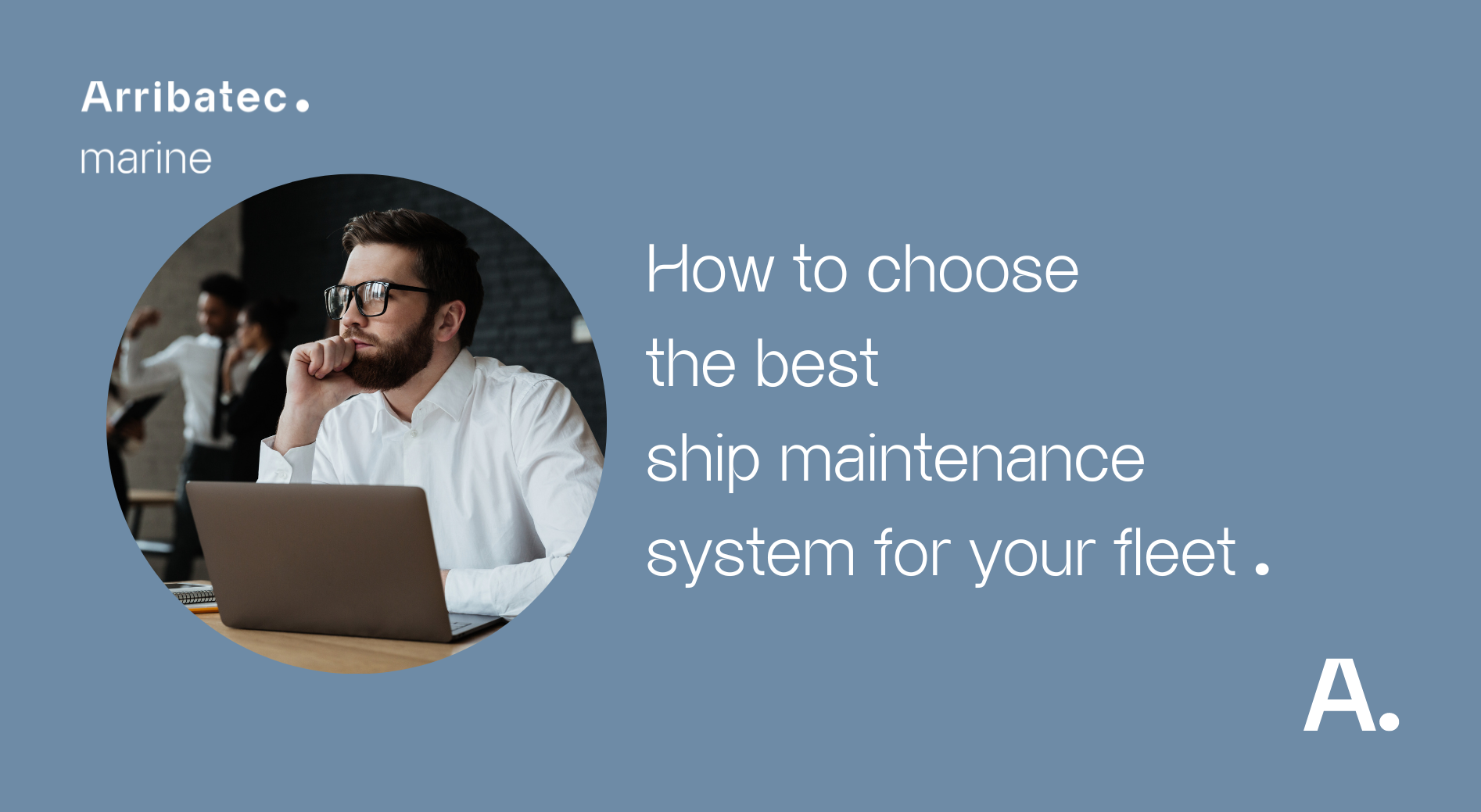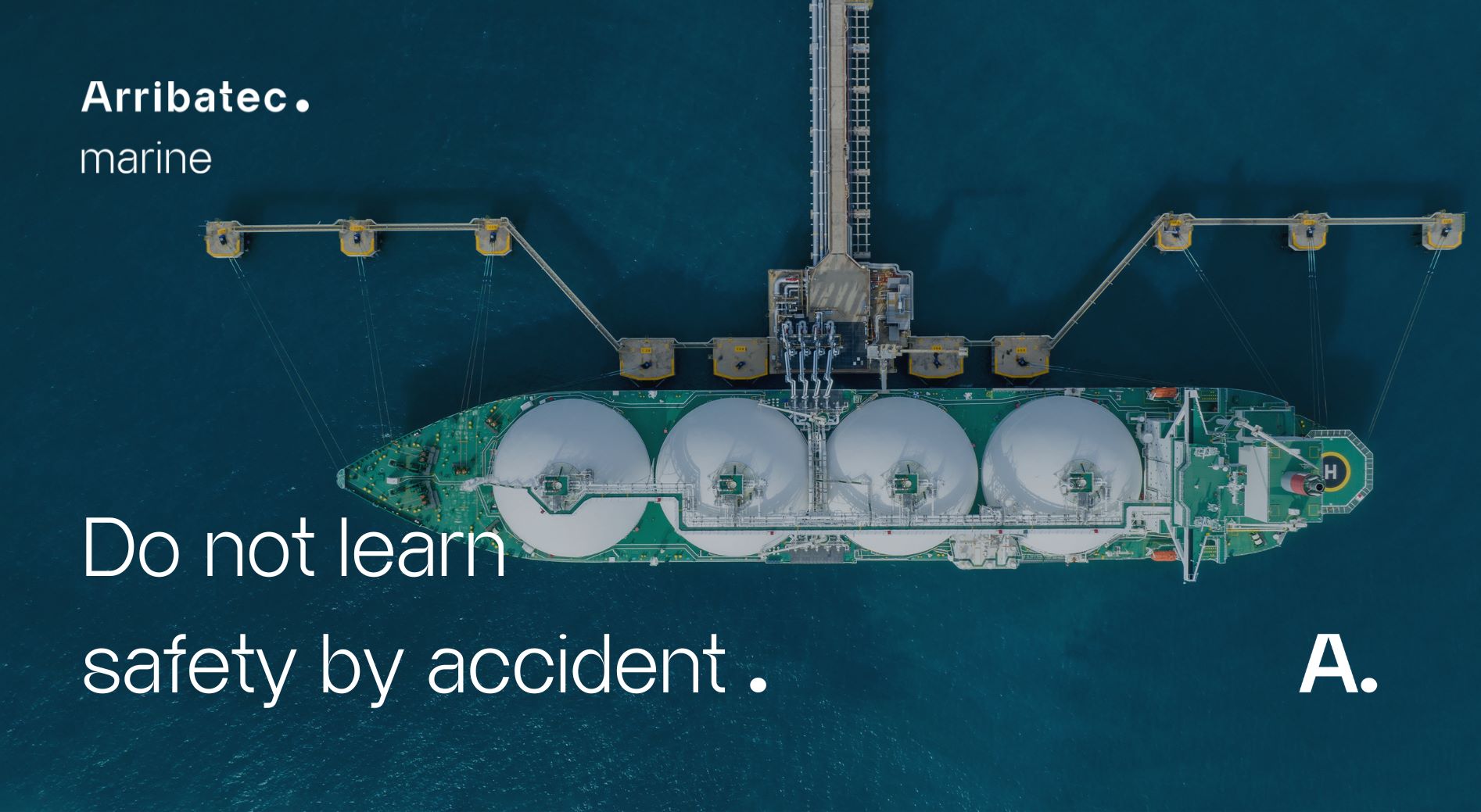There’s a lot of hype regarding fuel performance monitoring, and as always, in no time, a lot of companies have surfaced promising software which will allow miraculous savings.
Daniele Bottazzi
CTO of IB Influencing Business
It is one of the main topics of ship digitalization, one of the many everyone talks about, but few understand what it means in practice (after all, IoT is such a nice word to put on a slide, yet so difficult to put in practice or to get practical results from it…).
The reality is that fuel consumption, and fuel savings, are difficult matters with a lot of variables contributing to the problem.
The first variable, and the elephant in the room no one ever wants to talk about, is how much fuel is loaded on a vessel. It is reasonably easy to pilfer away a percentage of the fuel loaded on a vessel, especially if coming from barges. Make it 0.5% or 1, or 2, or 3, it is possible, and it creates a good dint in the company’s account. Yet, few shipowners buy ships with proper fuel measurement systems that perform a good analysis of the mass of the fuel being loaded on board. Saving pennies to waste millions? Who knows, it is one of the mysteries of shipping.
The second variable is how fuel consumption is measured. You need flowmeters, and often more than one per engine. Flowmeters, again, should preferably mass (Coriolis) flowmeters, even if for smaller engines volume flowmeters are acceptable. Of course, the difference in cost between the two is noticeable, which means that if not specified in the contractual agreement with the yard, the latter will always select the cheaper one. Furthermore, when installing a mass flowmeter, one should request for the possibility of remote reading (i.e. a digital output). This is often sold by the manufacturer as an option; but without it, readings need to be manual, which sort of defeat the concept of digitalization.
The third variable, is that once we have the correct amount of fuel loaded, and the correct amount of fuel consumed, we still need to know other parameters to really create a good Performance system. We need to know trim, fuel temperature, weather conditions, speed, and, guess what? Shaft torque. And we need to get these measurements continuously, not only once a day. The trickiest one is the torque, because not all ships have torque meters, and not all of them have digital output. I have seen some companies offering their performance solutions, where the inputs are based from manual readings taken by the onboard crew, who notoriously have nothing better to do than taking more readings. This is not digitalization, it is neanderthalization!
The 3 variables above are necessary when we really want to talk about creating an automated, realistically operative performance system. There is more, of course, but taking into account these three issues would be a great start. Because it is not easy. And I will show you. We have recently been asked to install our Performance solution for a large tanker company. We analyzed the situation of each single vessel with regards to flow meters and torque meters, and we found out that:
- 25% of the fleet was ready, without any need for additional hardware,
- 49% of the fleet needed moderate intervention, i.e. digital output to flowmeter and torque meters were missing and needed to be installed,
- 13% of the fleet needed medium intervention, meaning that the flow meters were missing, totally or partially,
- 17% of the fleet needed heavy intervention, meaning torque meters and flow meters were missing.
The total cost of the above has been estimated in $1.5 m, which of course is not a small sum. But the solution I presented here is the only one to have an effective fuel management system, paving the way towards a real Performance system. IB Performance systems log all data every 5 seconds, averages it every five minutes to send it ashore, providing an exact analysis of the situation. And data is stored forever. Supplying a software only solution, based on manual inputs taken few times a day, is a solution that gives you results which at best can be defined as guessestimates.
Digitalization means that all processes have to be digital. And they have to be done the right way. Otherwise, it is another waste of time, money and crew patience.





